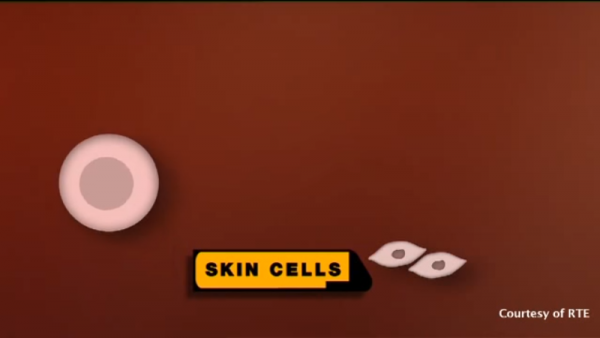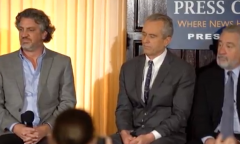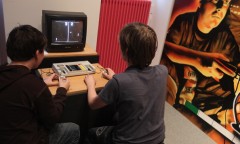By KM Diaz, | March 17, 2017

The process of stem cell technology is to allow the researchers to get unobtainable cells, particularly the living brain cells that have the same genetics of the patients.
Stem cell technology may be the way to understand how brain disorders formed. Researchers have obtained skin cells to create neurons to understand the formation of autism.
New information has been collected about the human brain just by using a cheek swab or skin sample. The study, led by postdoc Aditi Deshpande, Ph.D., from UC San Francisco applied stem cell technology to explain the manner of autism.
Like Us on Facebook
The process of stem cell technology is to allow the researchers to get unobtainable cells, particularly the living brain cells that have the same genetics of the patients. They took skin cells from volunteers came from Simons Foundation. Every volunteer carries a DNA that is specific for duplication or deletion of a chromosome.
The gathered samples will be then cultured and eventually turn them into induced pluripotent stem cells. These cells will be coaxed to their embryonic stage to become another type of cell later on. Lastly, researchers reprogram them to be a specific neuron that is responsible for information processing and attention.
Deshpande is looking for the duplication or deletion related to the finding of Lauren Weiss, Ph.D., from UCSF Department of Psychiatry and the UCSF Institute for Human Genetics in 2008. She discovered the 29-gene region of DNA located on the chromosome 16 and it is linked to autism. In a normal circumstance, a person has two region copies which they both have the copy of chromosome 16.
In the samples obtained by Deshpande, one of the regions is missing or deleted leaving only a single copy, while the others have duplicated their region that leads to two or three copies. Those who have a single region will likely to develop macrocephaly, which is the enlargement of the brain. And those who have two or more copies may develop a smaller brain or microcephaly.
Although the two samples have a different result in terms of the brain size, they still have the same outcome of either few or more region copies. There is also a connection between autism and the growth of neurons which is the macrocephaly.
To assess these neurons, Deshpande stained the collected skin cells to visualize a neuron under the microscope. After that, she used cell-counting software to deliberate thousands of neurons from duplication or deletion samples to measure them contrary to the normal neuron. The result shows that there are neurons missed the DNA region that exhibits disparity than the normal neurons.
-
Use of Coronavirus Pandemic Drones Raises Privacy Concerns: Drones Spread Fear, Local Officials Say

-
Coronavirus Hampers The Delivery Of Lockheed Martin F-35 Stealth Fighters For 2020

-
Instagram Speeds Up Plans to Add Account Memorialization Feature Due to COVID-19 Deaths

-
NASA: Perseverance Plans to Bring 'Mars Rock' to Earth in 2031

-
600 Dead And 3,000 In The Hospital as Iranians Believed Drinking High-Concentrations of Alcohol Can Cure The Coronavirus

-
600 Dead And 3,000 In The Hospital as Iranians Believed Drinking High-Concentrations of Alcohol Can Cure The Coronavirus

-
COVID-19: Doctors, Nurses Use Virtual Reality to Learn New Skills in Treating Coronavirus Patients










